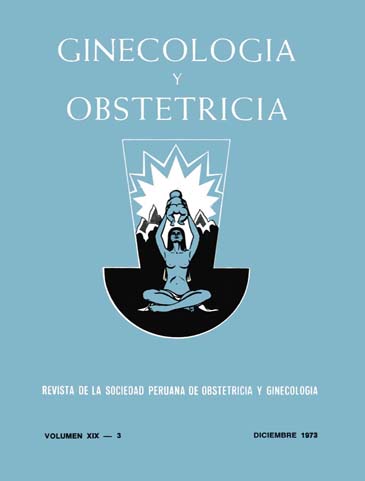Using copper and nickel silver associated with: A breakthrough in intrauterine contraception
DOI:
https://doi.org/10.31403/rpgo.v19i769Abstract
The addition of silver and nickel increases the contraceptive effectiveness of copper IUDs. A clinical study was presented in 672 women with 6.982 months-use. Pregnancy rates were 0.0% at 12 months of use in 245 women with devices containing Cu + Ag and Cu + Ni. Copper only, pregnancy were 1.5% and with the same metal IUDs, 4.4%. 200 control women with Lippes C and D group showed 2.5% of pregnancies. Incidences of bleeding and first expulsions were about twice that Lippes, probably due to the design of the device rather than metals. There were no significant differences in subsequent expulsions and occurrence of pain and vaginal discharge. The feasibility of using pairs Cu + Ag and Cu + Ni in a model more appropriate IUD is discussed. Postcoital test sperm by recovery in 76 patients has demonstrated an almost complete absence of sperm in the uterine cavity in the presence of metallic IUDs, while no metal IUDs sperm migration was not affected. This may be an additional mechanism as intrauterine contraceptive effectiveness of metals.Downloads
Download data is not yet available.
Downloads
Published
2015-06-05
How to Cite
Hurtado, H. (2015). Using copper and nickel silver associated with: A breakthrough in intrauterine contraception. The Peruvian Journal of Gynecology and Obstetrics, 19(3), 155–162. https://doi.org/10.31403/rpgo.v19i769
Issue
Section
Artículos Originales
















